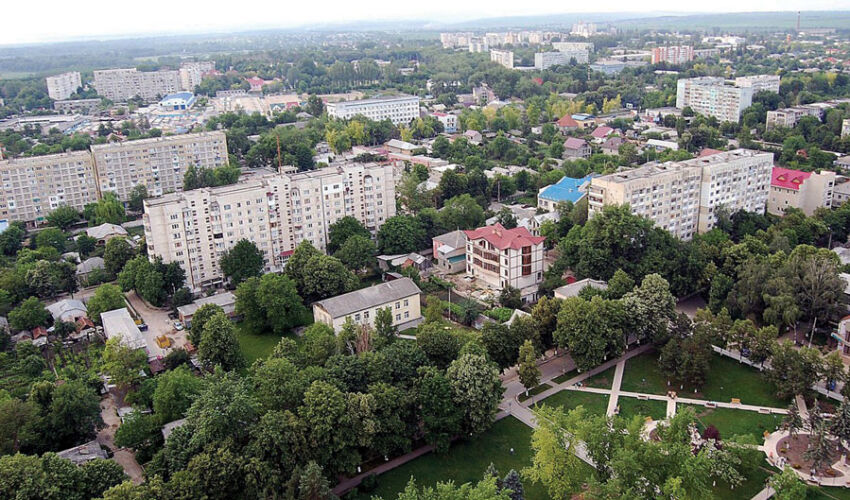
Currently, the situation in the field of control over the implementation of territorial development plans leaves much to be desired and requires the intervention of the competent authorities. These problems are related both to gaps in the field of legislation and non-compliance with its provisions. Which negatively affects the management of spatial planning at the local and national levels.
Lack of effective control in the process of development and after approval of spatial planning documentation leads to discrepancies between initial projects and their implementation on the ground. Documentation is often simply ignored. It is not uncommon that, despite the existence of town-planning plans, they are violated or amended without following the procedures established by law. And construction permits are issued without taking into account the approved urban planning documentation.
The developers of the Regulation believe that intervention through control will lead to the identification of such inconsistencies and, as a consequence, will significantly increase the degree of responsibility of the parties in the process of development and approval of urban planning documentation.
Lack of coordination between local and central bodies leads to uncoordinated urban planning decisions contrary to the sustainable development of the territory. Intervention and control at early stages will allow overcoming disagreements and obtaining quality urban planning documentation.
Inspections will be carried out by the National Inspectorate for Technical Supervision, both on the basis of annual plans and unscheduled when certain risks are identified. It will also check the correctness of the decision-making process, the presence of mandatory approvals, public consultations and compliance with the provisions of the spatial planning documentation.
This measure is also necessary to prevent or mitigate negative impacts that certain technical solutions may have on people, the environment, cultural and natural heritage, as well as on historical monuments or archaeological sites.













